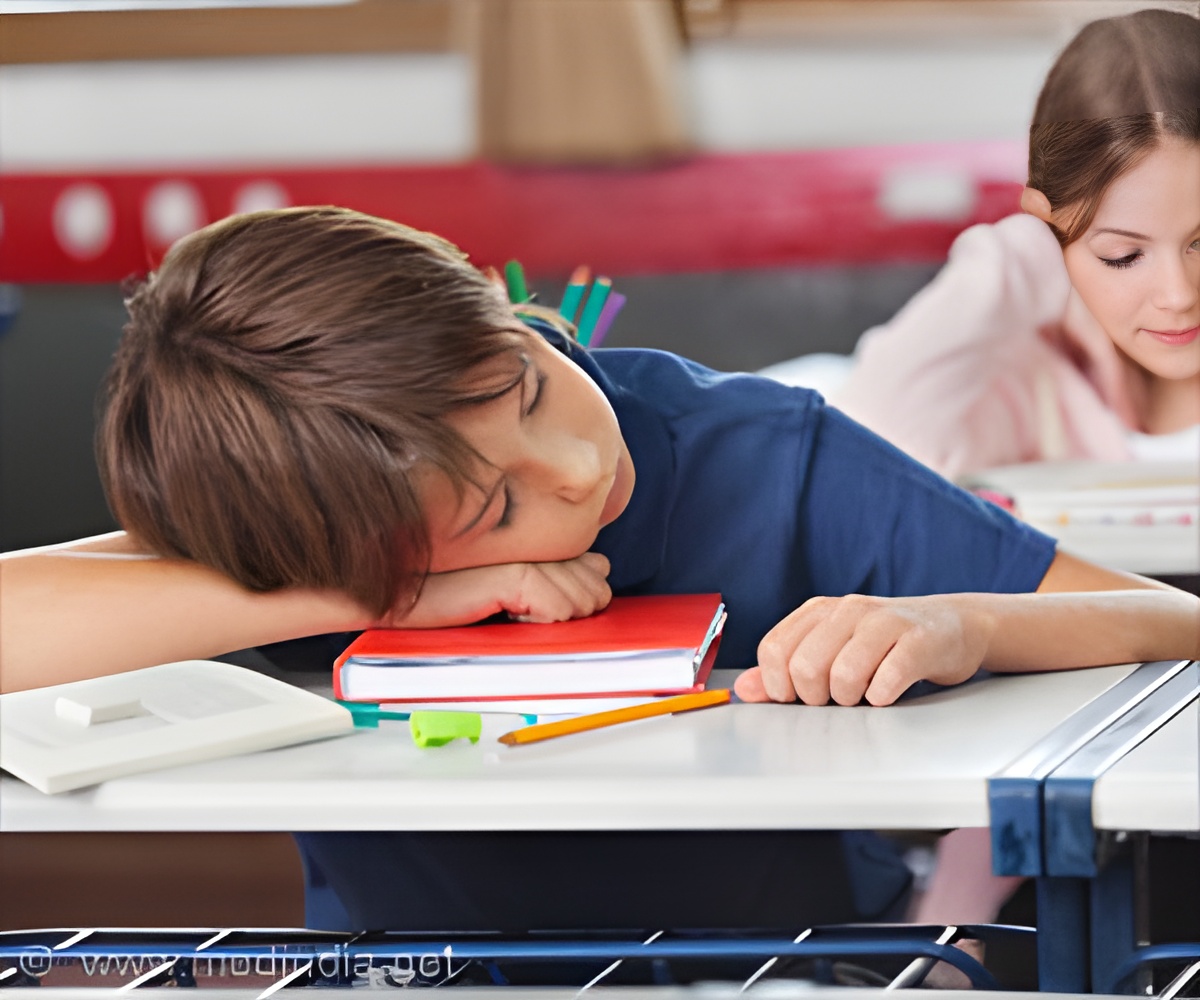Chronic fatigue syndrome or myalgic encephalomyelitis is relatively common. LP improves outcomes at 6 and 12 months and which aspects of the LP contribute to its effectiveness.

‘The effectiveness and cost-effectiveness of the Lightning Process in addition to specialist medical care, compared with specialist care alone, for children with CFS/ME.’





The Lightning Process (LP) is a three-day training programme that draws on concepts from osteopathy, life coaching and neurolinguistic programming (links between brain processes, language and behavioral patterns). It teaches children to use the brain to improve their health.More than 250 children use the Lightning Process for their CFS/ME each year in the UK (at an average cost of £620), but there are no reported studies investigating its effectiveness, cost-effectiveness or side effects. The LP is not available in the National Health Service (NHS).
So a research team, led by Professor Esther Crawley at the University of Bristol, set out to investigate the effectiveness and cost-effectiveness of the Lightning Process in addition to specialist medical care, compared with specialist care alone, for children with CFS/ME.
They recruited 100 English-speaking children (aged 12-18 years) with mild to moderate CFS/ME, of whom 49 received specialist medical care only (SMC) and 51 received specialist medical care plus the Lightning Process (SMC+LP).
Data from 81 children were analysed at 6 months. Physical function was measured using a recognised questionnaire called the SF-36-physical function subscale. Data on pain, anxiety, depression, school attendance and cost-effectiveness from a health service perspective were collected at 3, 6 and 12 months.
Advertisement
Participants in both treatment groups improved. However, at 6 months, children who received the LP in addition to specialist medical care, had better physical function and less fatigue and anxiety. At 12 months, children in the SMC+LP group had less fatigue, anxiety, and depression and increased school attendance.
Advertisement
SMC+LP was probably more cost-effective than SMC alone (a difference in average net cost at 12 months of £1,474)..
The authors outline some study limitations, the most important of which are that they have not shown that the LP is effective on its own but only in addition to specialist medical care. They also point out that we do not know if the LP is effective for younger children. However, strengths include the randomised design and that patients were followed up for 12 months.
"The main difference between LP and CBT appears to be the emphasis placed on physiological responses and causal attributions," explain the authors. "But we do not know whether these explain the greater effectiveness of LP."
"We do not know which aspects of the LP are the most important or helpful," they add. "Further research is needed to understand why LP improves outcomes at 6 and 12 months and which aspects of the LP contribute to its effectiveness," they conclude.
Source-Eurekalert















